by Michelle Grace-Williams & Julia López-Robertson, with Genitha Jackson, Tirisha Robinson, Janese Utley, University of South Carolina

I, too, sing America/I am the darker brother/They send me to eat in the kitchen/When company comes/But I laugh, /And eat well /And grow strong/Tomorrow…/They’ll see how beautiful I am/And be ashamed—I, too, am America.
Langston Hughes
The poem above, I Too, Am America, is an example of a culturally relevant poem that could be used by teachers as a vehicle to engage [all] students in discussions about social injustices and issues that may be relevant to them and their lives. Culturally relevant poetry may also be used as a critique to systems of oppression that are present in our society-in this case, specifically race and language. Continue reading



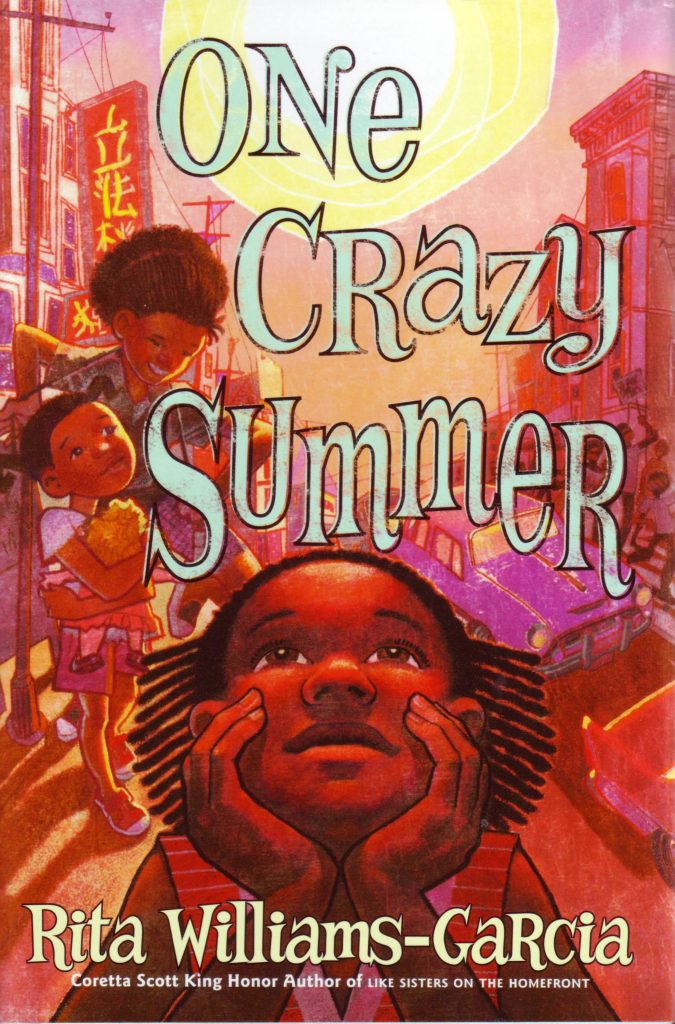
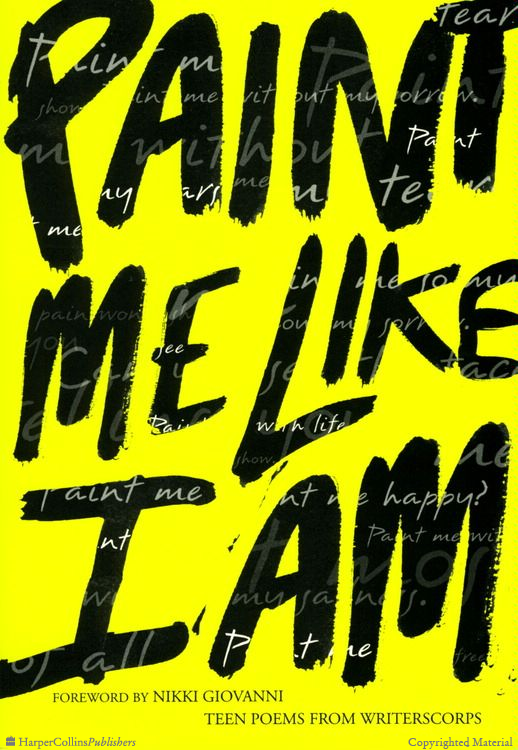
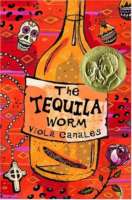 In the past three weeks I’ve shared a number of books set in the Rio Grande Valley (RGV) and written by RGV authors. These books feature the culture and traditions of the mostly Latino, working class population in this geographical region along the Texas-Mexico border.
In the past three weeks I’ve shared a number of books set in the Rio Grande Valley (RGV) and written by RGV authors. These books feature the culture and traditions of the mostly Latino, working class population in this geographical region along the Texas-Mexico border.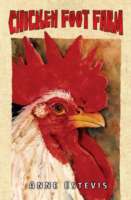 The Rio Grande Valley (RGV) of South Texas is a place of movement and change. As a Midwestern native now living in the RGV, I joined a history of immigrants to the Valley since the mid-1700s. Today emigration and immigration continues as Americans move to the RGV to pursue business opportunities, Mexicans move for economic opportunity and to flee drug cartel violence, and migrant farm workers harvest crops in the RGV in the winter and travel to other agricultural areas in the summer.
The Rio Grande Valley (RGV) of South Texas is a place of movement and change. As a Midwestern native now living in the RGV, I joined a history of immigrants to the Valley since the mid-1700s. Today emigration and immigration continues as Americans move to the RGV to pursue business opportunities, Mexicans move for economic opportunity and to flee drug cartel violence, and migrant farm workers harvest crops in the RGV in the winter and travel to other agricultural areas in the summer.  When children see their lives represented in literature, it shows them that those lives are worth representing. This holds special importance when children come from cultures or areas that are historically isolated, overlooked, or oppressed. The Rio Grande Valley (RGV) of South Texas has been all three. Because of its rural and isolated location, in many ways the RGV has had closer connections with Mexico than with the rest of Texas or the United States.
When children see their lives represented in literature, it shows them that those lives are worth representing. This holds special importance when children come from cultures or areas that are historically isolated, overlooked, or oppressed. The Rio Grande Valley (RGV) of South Texas has been all three. Because of its rural and isolated location, in many ways the RGV has had closer connections with Mexico than with the rest of Texas or the United States. 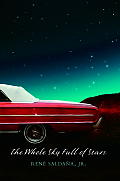 In 1992 I left my hometown in Indiana and moved 1500 miles away for a teaching job in the Rio Grande Valley (RGV) of South Texas. In doing so, I discovered a unique geographic and cultural region of the United States.
In 1992 I left my hometown in Indiana and moved 1500 miles away for a teaching job in the Rio Grande Valley (RGV) of South Texas. In doing so, I discovered a unique geographic and cultural region of the United States.